Cats, our cherished companions, embark on a fascinating odyssey of dental development, transitioning from playful kittens to mature adults. This guide seeks to illuminate the intricacies of feline dental health, navigating through the growth of deciduous (baby) teeth to permanent adult teeth.
Our exploration of the cat’s mouth encompasses the diverse aspects of feline dental anatomy, shedding light on the teething process and emphasizing the critical importance of upholding impeccable oral hygiene for the holistic well-being of our beloved feline friends.
- Kittens start teething around 2-3 weeks, gaining 26 deciduous teeth.
- Adult cats have a complete set of 30 permanent teeth by 6-7 months.
- Feline dental care, like brushing, can prevent dental conditions.
- Various factors, including disease, can lead to a cat losing teeth.
- Cats with no teeth can eat soft or moistened dry food.
As we unravel the mysteries of cat dentition, we endeavor to empower cat owners with knowledge that fosters responsible and attentive care for their cats’ dental health.
The information provided herein is for informational purposes only. Please refer to our disclaimer for more details..
The types of cat teeth
Deciduous or Baby Kitten Teeth
The journey begins at birth when kittens are initially toothless. However, as these adorable furballs embark on the path of growth, they undergo a captivating teething process, leading to the emergence of deciduous or baby teeth.
Image credits: Loan
Commencing around two to three weeks of age, this process introduces the world to a set of 26 deciduous teeth, including incisors, canines, and premolars. While small, these tiny teeth play a monumental role in a kitten’s early development, facilitating nursing and exploring their surroundings.
Permanent Teeth in Adult Cats
As time progresses, the deciduous teeth begin to make way for the eruption of permanent adult teeth. This transition typically occurs between 6 to 7 months of age, marking a crucial developmental milestone.
Image credits: Kim Davies
Adult cats should ideally boast a complete set of 30 permanent teeth comprising incisors, canines, premolars, and molars. The evolution from baby teeth to adult teeth is a testament to the maturation of our feline companions.
Cat Dental Formula
Incisors
Front and center in a cat’s dental structure are the incisors, numbering 12 in total—six on the upper jaw and six on the lower. These teeth are specialized for grasping and nibbling, assisting cats in various activities, including grooming and consuming food.
Canine Teeth
Flanking the incisors are the formidable canine teeth. With two on the upper jaw and two on the lower, these sharp, pointed teeth are essential for tearing into food, showcasing the carnivorous nature inherent in our feline companions.
Premolars
Beyond the canines lie the premolars, strategically positioned for shearing and cutting. The number of premolars varies among individual cats, contributing to the diversity of feline dental structures and their adaptability to different dietary needs.
Molars
The molars occupy the back of the mouth, which is pivotal for grinding and crushing. These robust teeth aid in the mechanical breakdown of food, ensuring its suitability for ingestion and digestion.
The Teething Process in Cats
The teething process in cats is a fascinating aspect of their development that demands our attention as responsible pet owners. Initiated around two to three weeks of age, teething persists until approximately 6 to 7 months.
During this period, kittens experience the gradual emergence of deciduous teeth, fostering their ability to interact with their environment and partake in crucial nursing activities.
Dental Care for Cats
Brushing Your Cat’s Teeth
Just like humans, cats benefit from regular dental care. Brushing your cat’s teeth is an effective way to maintain good oral hygiene and prevent dental conditions.
Image credits: smudge_lord
Use a feline toothbrush and toothpaste recommended by your veterinarian. Start the brushing routine early in your kitten’s life to accustom them to the process. Brushing should be done gently to avoid causing any discomfort.
Signs of Dental Issues
Vigilance is key in identifying potential dental issues. Bad breath, difficulty eating, drooling, and inflamed gums may indicate problems such as gingivitis or tooth resorption. If any of these signs are observed, prompt consultation with a veterinarian is crucial for early intervention.
Veterinary Check-ups
Regular veterinary check-ups are instrumental in monitoring your cat’s dental health. Veterinarians possess the expertise to detect dental issues in their early stages, offering guidance on effective dental care practices.
Professional dental cleanings may be recommended to address plaque and tartar buildup, ensuring comprehensive oral health.
Importance of Maintaining Cat’s Dental Health
Maintaining your cat’s dental health extends beyond cosmetic concerns; it is a critical aspect of overall well-being.
Unattended dental issues can lead to severe conditions, potentially resulting in tooth loss. Left untreated, dental diseases can affect a cat’s oral health and general health, underscoring the significance of proactive dental care. Take care of your cat’s oral health and keep your cat’s teeth healthy by doing regular checkups.
The intricate journey of feline dental development unfolds through the growth of deciduous and permanent teeth, each playing a crucial role in a cat’s life. Understanding the nuances of different types of cat teeth, coupled with insights into the teething process, empowers pet owners to take charge of their cat’s oral health.
Through consistent dental care practices, such as brushing and regular veterinary check-ups, we can ensure that our feline companions lead happy, healthy lives, free from the potential complications of dental diseases. The commitment to keeping our cat’s teeth healthy is a testament to responsible and compassionate pet ownership.
FAQs
Why does my cat not have all his teeth?
There are various reasons why your cat may not have all its teeth. Dental issues, such as gingivitis, periodontal disease, or tooth resorption, can lead to tooth loss if left untreated.
Trauma, injuries, congenital abnormalities, malnutrition, and age-related wear and tear are also potential factors. In some cases, veterinarians may recommend tooth extractions to address severe dental problems.
Regular veterinary check-ups, good dental care practices, and a balanced diet can help maintain your cat’s oral health and address any issues promptly, ensuring a happy and healthy feline companion. If you observe changes in your cat’s eating habits or signs of discomfort, consulting with a veterinarian is crucial for a comprehensive dental examination and appropriate treatment.
Can cats eat dry food with no teeth?
Cats without teeth can still consume dry food, but it’s advisable to modify their diet for easier consumption. Adding water or low-sodium broth to dry kibble can soften the food, making it more palatable.
Alternatively, switching to wet cat food, especially the pate-style varieties, ensures a softer texture that toothless cats can manage more comfortably.
Homemade soft diets or prescription diets recommended by a veterinarian may also be considered. Regular veterinary check-ups are essential to monitor the cat’s overall health and make necessary adjustments to their diet, ensuring they receive the appropriate nutrition without the need for extensive chewing.
Can my cat eat dry food after dental surgery?
After dental surgery, it’s generally recommended to transition your cat to a soft or moist diet during the initial recovery period. Dry food may be challenging for them to eat comfortably, especially if they have undergone tooth extractions or other dental procedures.
Soft food, including wet cat food or a moistened version of their regular kibble, helps minimize discomfort and promotes easier consumption.
Consult with your veterinarian for specific post-surgery dietary recommendations tailored to your cat’s needs, ensuring a smooth recovery and maintaining their nutritional requirements without putting additional stress on the healing oral tissues.
225views
Share on FacebookJust make sure that your cat gets a yearly dental checkup/cleaning, if you're able to. My old girl Wintressia got a yearly cleaning even in her 19th year of life! It's so important to protect our pets' health and take care of the things that they can't do on their own.
Just make sure that your cat gets a yearly dental checkup/cleaning, if you're able to. My old girl Wintressia got a yearly cleaning even in her 19th year of life! It's so important to protect our pets' health and take care of the things that they can't do on their own.

 Dark Mode
Dark Mode 

 No fees, cancel anytime
No fees, cancel anytime 



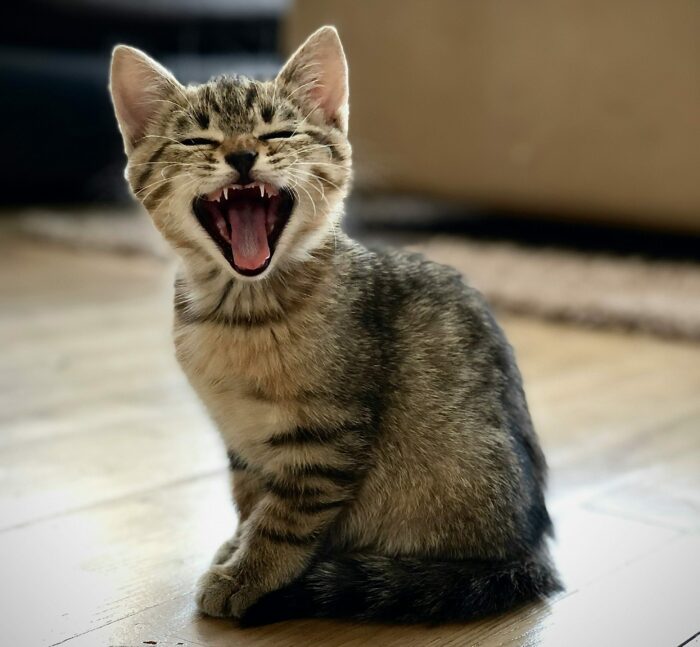
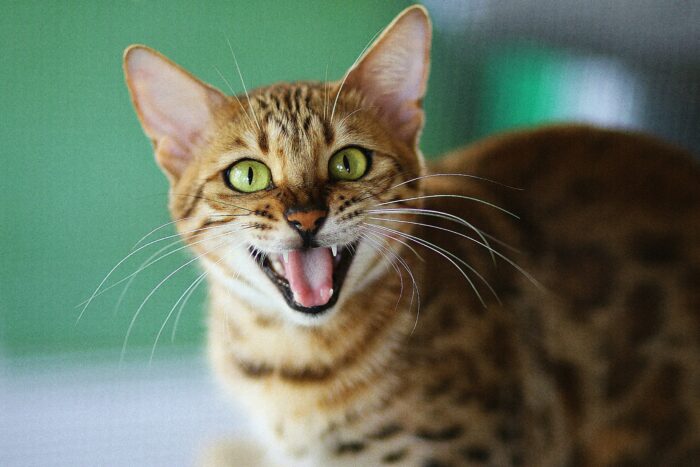
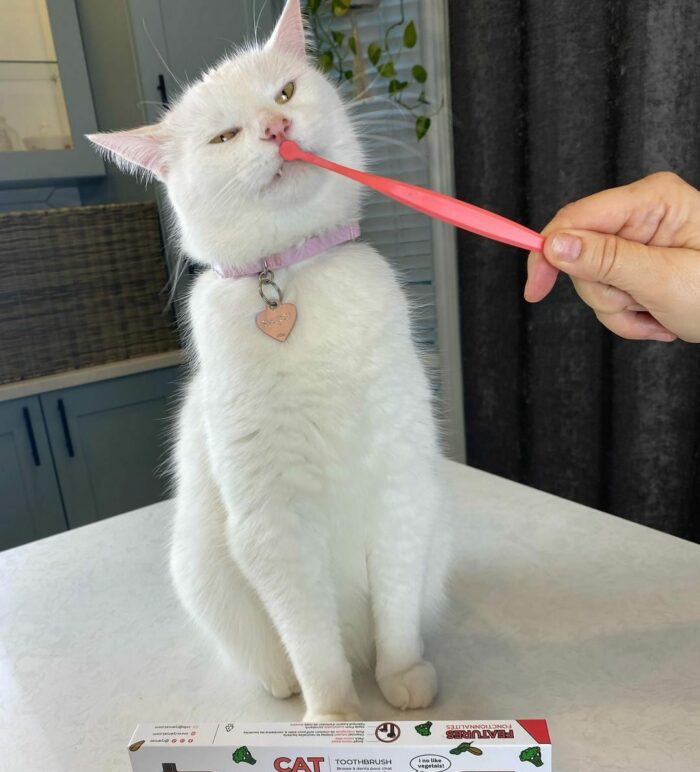
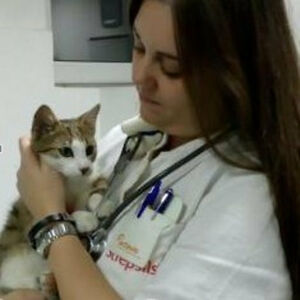


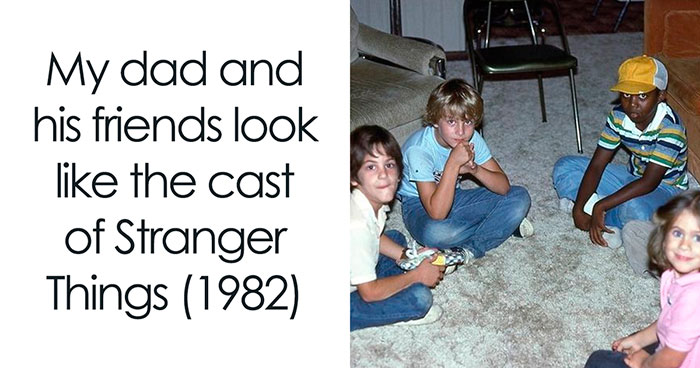
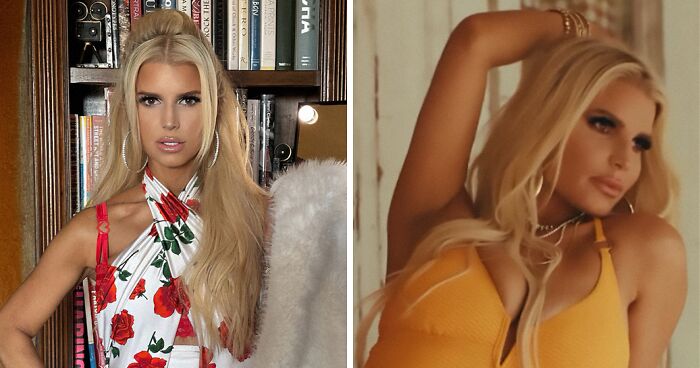



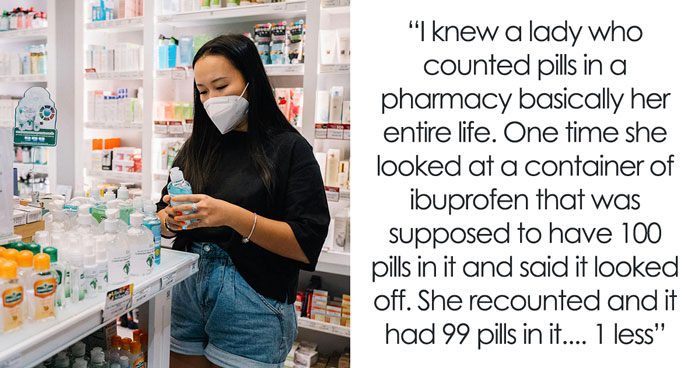




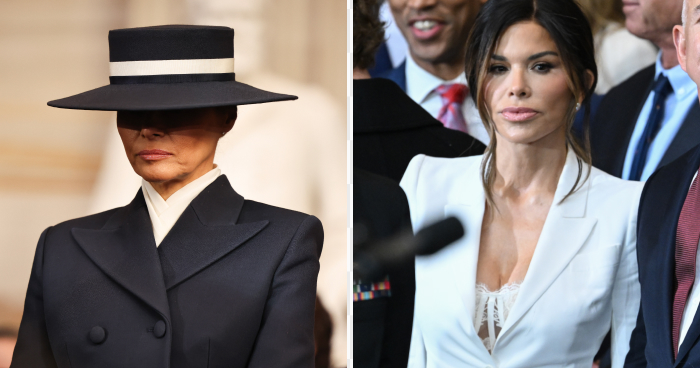
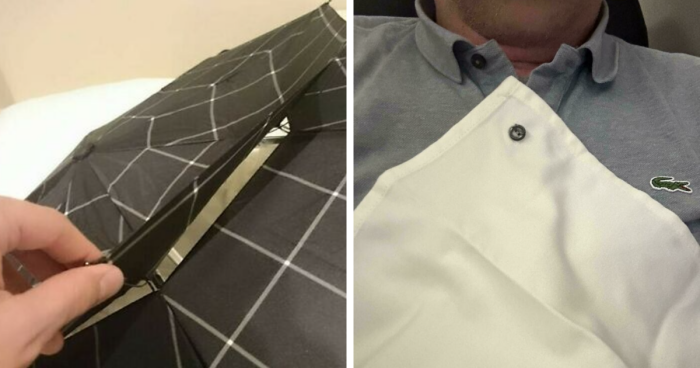
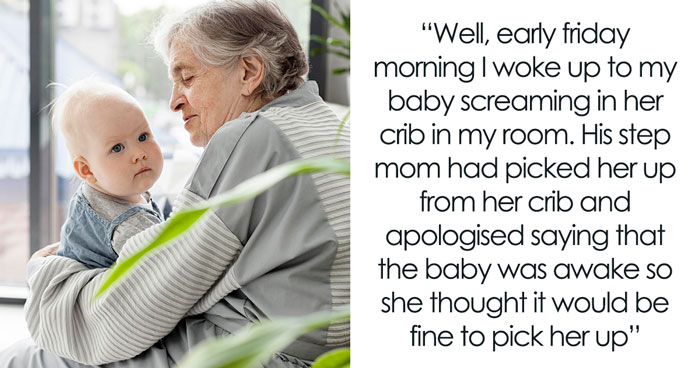
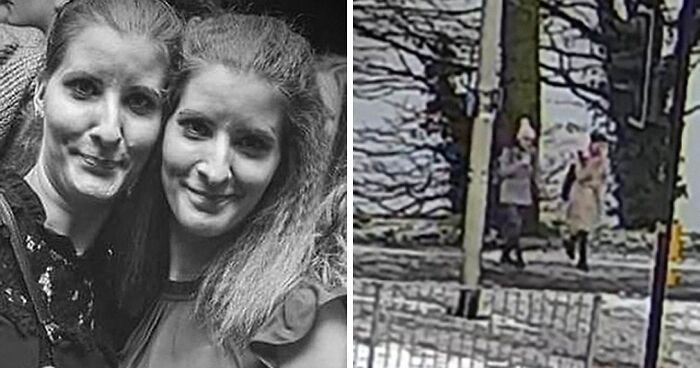






0
1